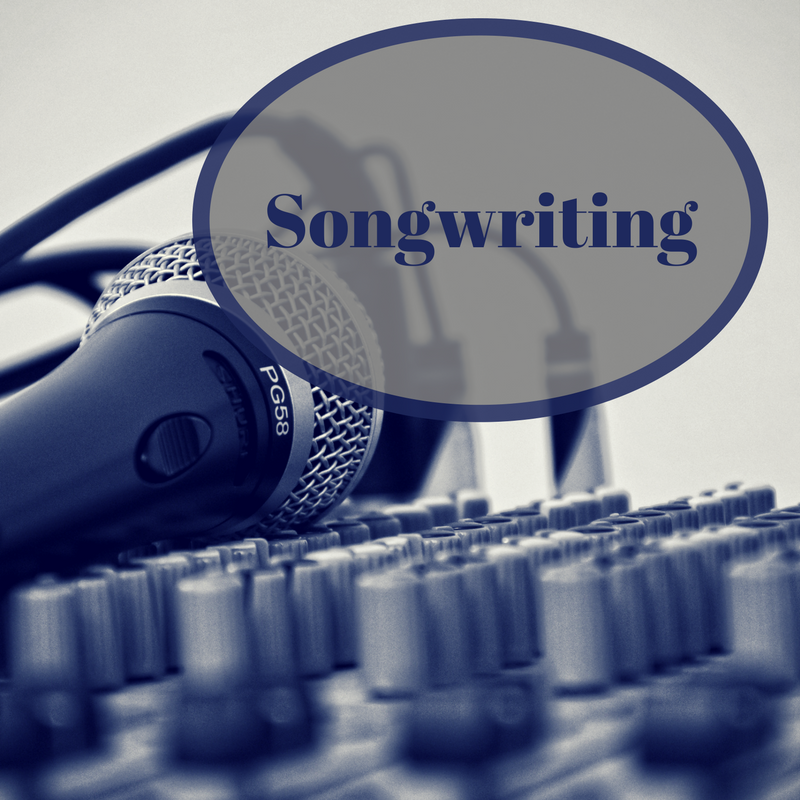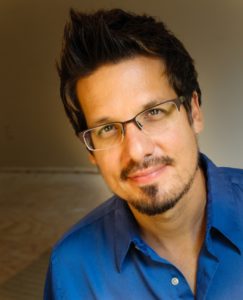Last month, we discussed writing a song from a premise, and how our premise will dictate what we want the song to say in the verses and chorus. I shared how the chorus is the theme of the song. It tells us what the song is really about, and how the verses support that theme. That is why we will return to the chorus and repeat it, but not the verses.
There are plenty of songs out there with a great melody tied between good verses and a strong chorus. However, a good number of great songs contain a bridge of some sort, and this is where freedom comes in, because a bridge can go in any direction. The only thing that limits a bridge is that the entire song needs to be between three to four and a half minutes long for airplay.
If verses support the chorus, and the chorus tells us what the main theme of the song is about, then the bridge can act as another statement, either equally as important as the chorus, or as another group of supportive lyrics, encouraging the chorus theme from another angle, or it can usurp the chorus and be the true ultimate statement of the theme. This usually happens if the bridge is at the end of a song.
The bridge can also act as a place of reflection, allowing it to be a musical interlude with a different melody than the verses or chorus. Or, it can even be a statement that totally contradicts the chorus, as if the songwriter is conflicted in what he wants or believes. Add contradictory chords to an already contradictory lyric and you can create the conflicted chaotic mood the songwriter wants the bridge to have. Remember the emo days? I usually go to a minor chord if I’m creating conflict, or a positive sounding, full, major chord if I’m being climatic. I also play with instrumentation or pianissimo or forte’ to make my point stronger and have the bridge stand out. This is the beauty of the bridge! Do what you want!
Whereas most songs in pop culture follow a generic pattern overall, the bridge itself can be inserted in a variety of places. It can also be written for a variety of reasons—to either support the chorus, to be the final statement, to reflect, or to contradict. It can be any length (within reason) you want it to be. It can be a single line, a couple of measures, or hijack the end of the song. And sometimes songs can have two bridges in their short four minutes. However, the majority of bridges are extremely short, under a full stanza.
Let’s take a look at the chorus for of the song, I Won’t Let You Go, by the band, Switchfoot. If you have never heard the song, I suggest you listen to it.
Jon Foreman does a wonderful job interweaving two different bridges into the mix: the first one acting as a quick, reflective period, the second one coming at the end of the song and making a final, ultimate statement. Before we evaluate the bridge, let’s review the chorus.
Chorus:
If you could only let your guard down / You could learn to trust me somehow /
I swear, that I won’t let you go /
If you could only let go your doubts / If you could just believe in me now /
I swear, that I won’t let you go / I won’t let you go
Without reading the verses, we can see the song is about someone telling us that they won’t let us go. The song is about trusting God to not let us go.
The first bridge starts at around 2:47 and is just one simple line before jumping back into the chorus for a third time.
Bridge 1
I’ll always be by your side…
It’s simple, short, and sweet, and makes a strong point: I’ll always be there for you. Nothing else needed.
After singing the chorus for the third time, the music takes an octane boost and becomes louder and stronger, which compliments the second bridge. These are the final words of the song and ultimately tells us that nothing will ever separate us from the love of God.
Bridge 2
There ain’t no darkness strong enough that could tear you out from my heart /
There ain’t no strength that’s strong enough that could tear this love apart /
Never gonna let you go / Never gonna let you go
If you are writing songs, the bridge is what can add dimension and take your song up a notch. After writing the meat of your song, I would suggest playing around with trying different bridges. Strangely enough, sometimes the bridge is the hardest part to write because there is so much freedom. Happy writing!
What aspect of songwriting would you like to hear next? Feel free to contact me and let me know.
Matthew Hawk Eldridge is a sleepless, coffee addicted, Renaissance man. When he’s not passionately penning screenplays or stories rich in musical history, he’s writing songs on his guitar or working on a film as an actor, double, songwriter, or musician. He is a Creative Writing graduate student at Full Sail University.





No Comments